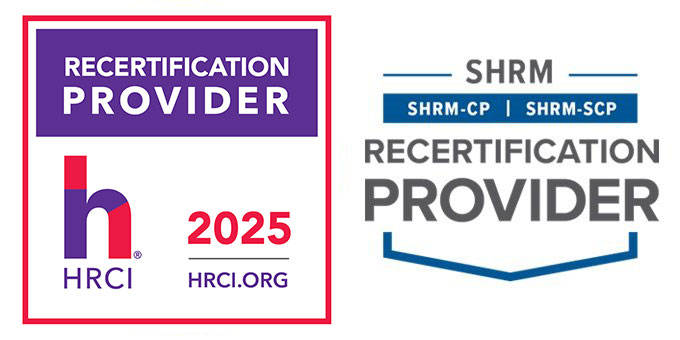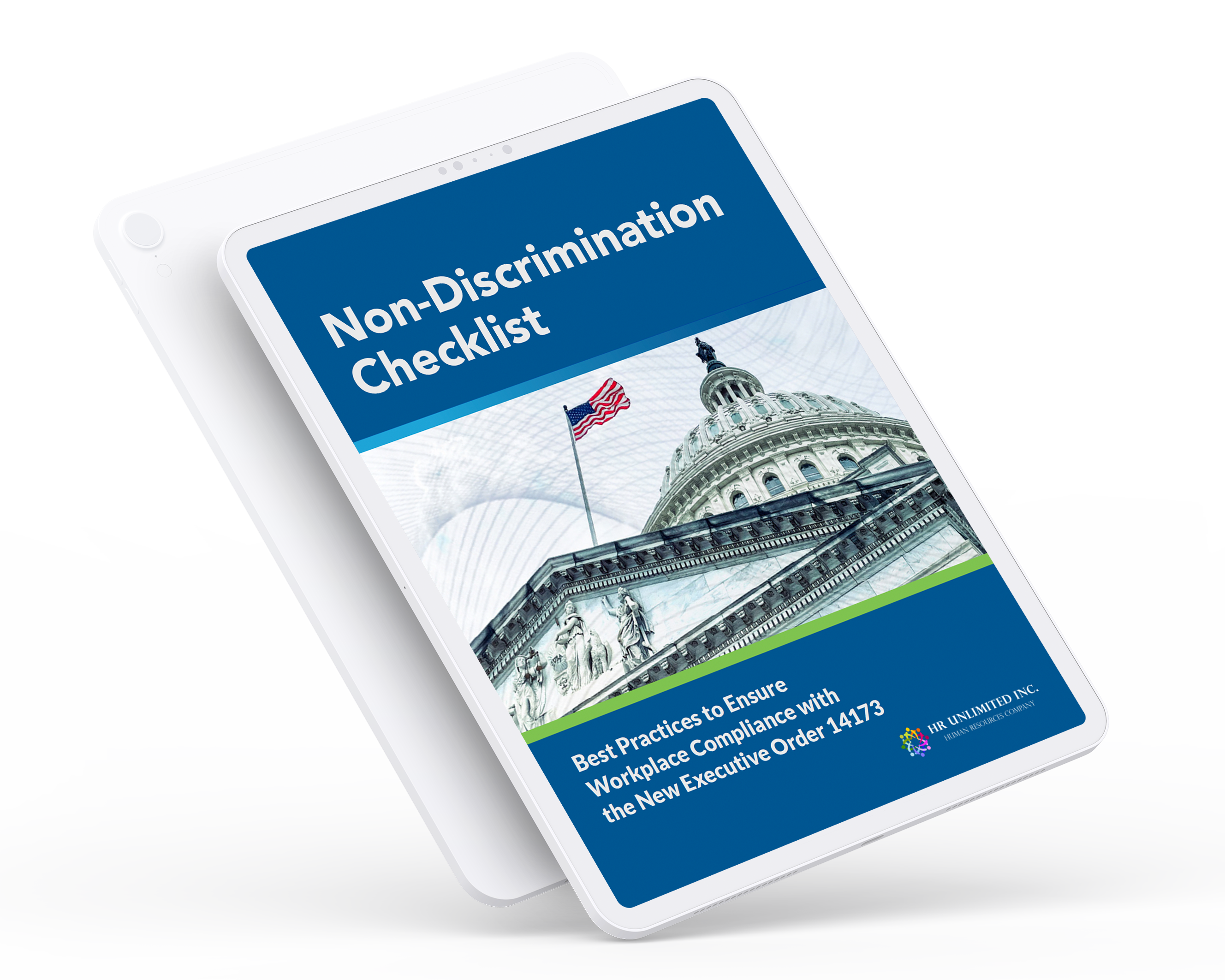

There is no place for harassment in the workplace. With federal law, state law, and company policies all prohibiting various forms of harassment, one would think that workplaces would be a safe place to work and develop one’s career. However, far too often do workers have to suffer from the belittling, threatening or offensive behavior that constitutes workplace harassment.
In order to better understand unlawful harassment in the workplace, our readers must see an overview of the topic, what liabilities are present and best practices to avoid an incident in your workplace.
Unlawful Harassment in the Workplace
Harassment comes in many forms and is known by many different names. No matter the form or name, harassment is essentially when the actions or words of someone in the workplace makes you feel uncomfortable. This type of behavior is governed by several different laws and policies, such as:
Federal Law:
Federal statutes, such as the Title VII of the Civil Rights Act of 1964 and the Americans with Disabilities Act, are in place to prevent workplace harassment due to discrimination, for a number of different reasons. These statutes cover different types of discrimination and are meant to protect employees.
State Law:
A majority of the states have statutory and/or case law in place to serve as precedence for a wide variety of workplace discrimination matters. While the state laws vary from state-to-state, they will generally follow a similar tone and enforcement as federal laws.
Company Policies
Medium to large-sized companies usually have the resources to put employee policies in place regarding harassment and often staff a Human Resources department to deal with any complaints. These policies and departments help by offering victimized employees with a more affordable option to file a complaint versus filing a lawsuit.
Liabilities
By simply running a business and staffing employees, you automatically expose your organization to some level of liabilities for workplace harassment. Under federal law, employers are automatically held liable for harassment that takes place at their place of business under certain scenarios.
As an employer, if you are made aware of harassment and do nothing about it, things could get ugly for you very fast. If an employee is harassed and reports it, they stand to succeed in a lawsuit if the employee can prove the employer did not reasonably attempt to stop the harassment and was unreasonable in the prevention of future incidents.
Being held accountable for an incident that took place under your roof is not unreasonable. It is also very likely to happen if you do not have certain best practices in place to help stop ongoing harassment and prevent future harassment incidents as well.
Four Best Practices
While it would be nice to be able to trust your employees to not harass each other, that is simply not the world we live in. Even though there are federal and state regulations and enforcement to put a stop to such harassment, it is up to the employer to have some policies and procedures in place to lessen the chances of an incident.
With that in mind, here are some best practices for employers to consider:
1. Take Every Complaint Seriously
As stated above, an employer will be held liable for reported incidents if the employer does not act reasonably when dealing with the issue. This means that every reported incident should be taken seriously. Do not push complaints aside because you may not consider the incident seriously. All that matters is how the victimized employee felt during an incident. This does not mean you might have to lose top producing employees to harassment claims, but it does mean that you need to take appropriate steps to ensure it does not happen again.
2. Keep Records of Policies and Incidents
A written statement regarding your company’s stance on harassment is a good starting point. This statement needs to be distributed amongst your staff and signed by employees to verify they have read and agree to abide by the policy. In addition, if incidents are ever reported, it is prudent that you keep a written record of the incident to have on file in case a lawsuit follows up.
3. Educate Your Staff
Beyond simply passing around the company statement regarding workplace harassment, it is worth the investment of time and money to educate your staff on a recurring basis. This means seminars, video training or even discussing the topic in smaller groups. While the topic may not be comfortable to discuss, it is important that you pursue due diligence to prevent workplace harassment.
4. Provide Easy Avenues for Communication
Finally, it is important for employees to feel like they have a safe and effective means of reporting an incident. Let your staff know who to approach to properly file a harassment complaint. Make sure the person receiving these complaints know there is a process in place to follow up on the complaint and ensure preventative measures are being taken.





